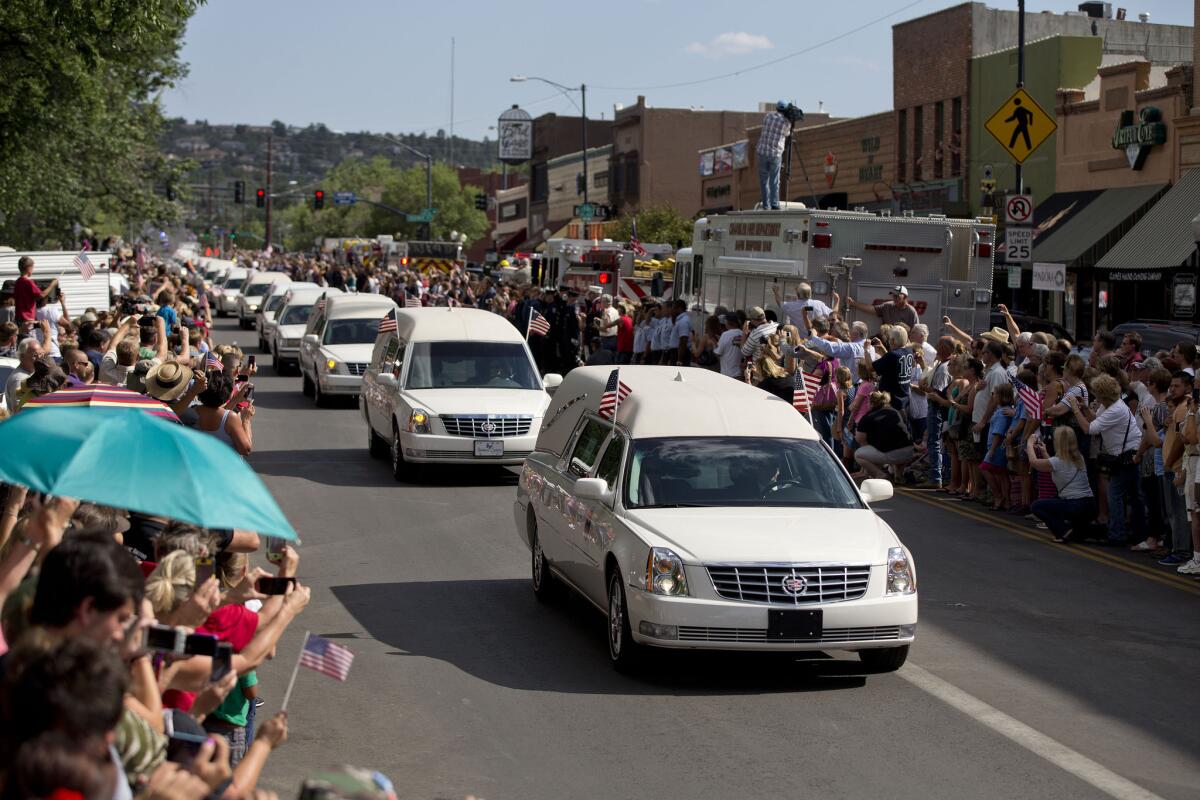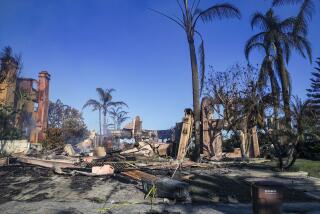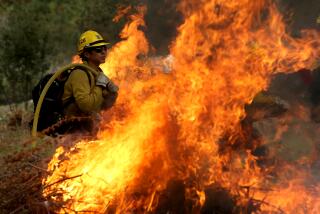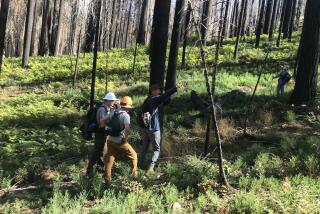Politicizing the Yarnell fire

Congressional Republicans are exploiting the tragedy of the Yarnell Hill fire in Arizona to call for the aggressive thinning of forests, saying that the failure to cut down more trees is leading to increased fire risk. It’s a cynical political move; thick forests had nothing to do with the blaze that killed 19 firefighters. Why? Because Yarnell wasn’t a forest fire; it was a brush fire in an area covered mainly by desert scrub and chaparral.
In their rush to blame Democratic policies for the deaths and, while they are at it, to provide a giveaway to the logging industry, the Republicans aren’t letting facts get in the way. Within days of the devastating news that all but one member of an elite firefighting team had perished, the House Natural Resources Subcommittee on Public Lands and Environmental Regulation arranged an oversight hearing on the topic for Thursday. Its conclusion, though, seems to have been reached in advance. “Unnatural, excessive growth and unhealthy forests increase the risk of wildfire,” last week’s announcement said. “Active management helps protect and restore forests while also helping local economies and creating jobs.”
The announcement goes on to quote Arizona Rep. Paul Gosar linking the deaths to the lack of aggressive forest thinning: “We owe these men our everlasting thanks, and we owe their families a commitment to pursue proactive forest management policies, which will minimize catastrophic wildfires in the future.” Though forest thinning was strongly pushed during the George W. Bush administration, it is viewed with concern by environmentalists and their Democratic allies.
VIDEO: Yarnell mourns lost firefighters
Instead of capitalizing on tragedy, the subcommittee should wait for the investigation to be completed. Only then will the public know how future tragedies might be avoided. The answers might include, for the most dangerous fires, evacuating adjacent houses and letting them burn rather than allowing ground crews to be imperiled, a tactic that already has been used in some wildfires. What science tells us generally about wind-driven brush fires is that aggressive thinning and clearing is necessary, but not in the heart of forests. Rather, firefighters need a wide swath of what’s called “defensible space” — heavily trimmed land along the perimeter of wild land, where it meets populated areas.
That’s not to rule out all forest thinning; selective cutting might be needed, for example, in forests with large numbers of dead trees. But if the subcommittee really wants to honor the dead and prevent future tragedies, it will seek out the facts on wildfire risk rather than look for an excuse to open public forests to more widespread logging.
More to Read
A cure for the common opinion
Get thought-provoking perspectives with our weekly newsletter.
You may occasionally receive promotional content from the Los Angeles Times.






